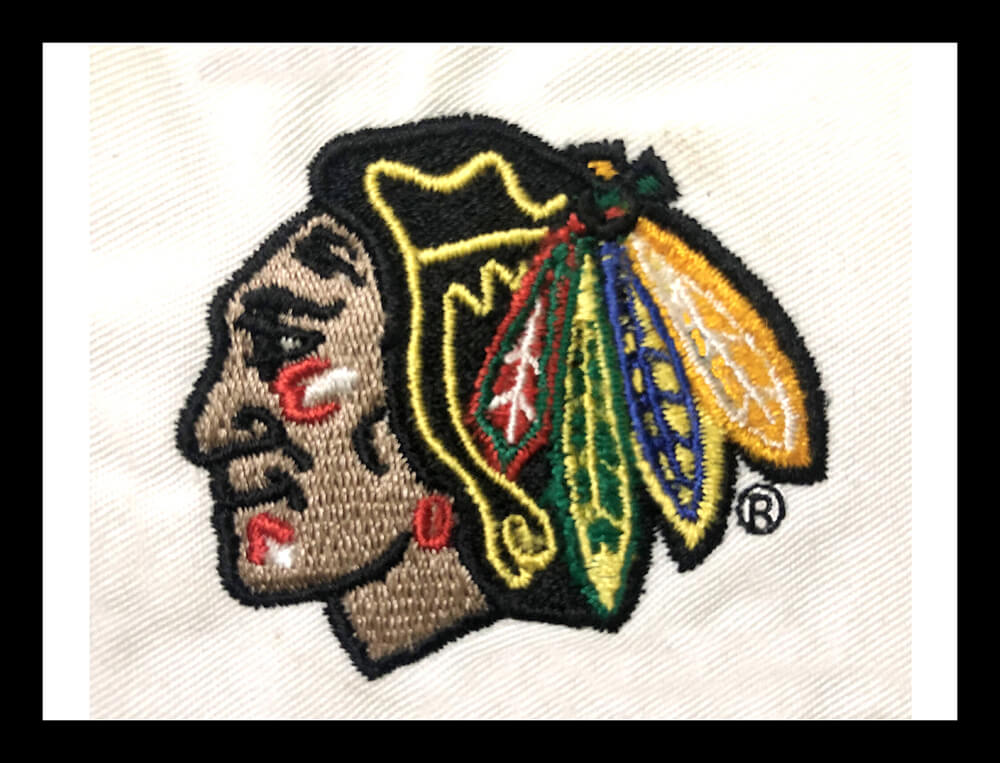Mastering the Embroidery Digitizing Refine: Your Ultimate Overview
Embroidery digitizing is a careful craft that requires precision and competence to convert elaborate layouts right into electronic layouts for equipment needlework. As craftsmens start this trip to understand the needlework digitizing procedure, a thorough understanding of the essentials sets the foundation for quality. Nevertheless, beyond the simple understanding lies a world of sophisticated software application, specialized devices, and nuanced strategies waiting to be explored. By delving into the nuances of digitizing, one can unlock a world of innovative opportunities and boost their needlework tasks to new heights.

Recognizing Embroidery Digitizing Basics
Embroidery digitizing essentials form the structure upon which complex layouts are converted right into machine-readable layouts for specific sewing. This first action in the needlework digitizing process is vital for making certain that the last stitched product is a devoted representation of the original layout. Recognizing needlework digitizing essentials includes realizing key concepts such as stitch kinds, sew direction, density, padding, and draw payment.
Stitch types play a vital duty in establishing the aesthetic and textural outcome of the stitched style. By choosing the appropriate stitch kind, whether it be satin, fill, or running stitch, digitizers can attain the preferred effect and boost the general high quality of the embroidery. In addition, stitch direction affects the circulation and measurement of the layout, while density determines the spacing and coverage of the stitches.
In addition, rug stitching gives stability to the design by safeguarding the material and avoiding distortion throughout the needlework process. Draw compensation is an additional necessary consideration to neutralize the natural tendency of material to contract when sewn. Mastering these needlework digitizing fundamentals is basic for developing professional-quality embroidered items.
Choosing the Right Digitizing Software Application
Picking the appropriate digitizing software application is a vital choice that significantly affects the performance and top quality of the embroidery digitizing process. Digitizing for Embroidery. When selecting the appropriate digitizing software program, it is important to think about variables such as the complexity of designs you plan to produce, the user-friendliness of the software application, the degree of consumer support offered, and the compatibility with your embroidery machine
There are different digitizing software alternatives offered out there, varying from standard programs for newbies to innovative software application for professional digitizers. Some popular selections consist of Wilcom EmbroideryStudio, Hatch Needlework Software Application, and PulseID. These software bundles use a wide variety of tools and features to help you create elaborate layouts easily.
Before choosing, it is a good idea to explore the various software alternatives with free trials or trials to establish which one ideal article matches your needs. In addition, checking out reviews and seeking recommendations from knowledgeable digitizers can supply important understandings into the toughness and weaknesses of each software package (Digitizing for Embroidery). By thoroughly examining your demands and comparing the features of different digitizing software program, you can make an educated choice that boosts your embroidery digitizing process
Digitizing Tools and Strategies

Optimizing Design Settings for Embroidery
Mastering the ins and outs of style settings is essential in attaining optimal lead to the needlework digitizing procedure, structure upon the structure laid by comprehending digitizing devices and techniques. When optimizing layout setups for needlework, it is important to consider factors such as stitch type, density, padding, draw settlement, and registration. Sew type selection impacts navigate here the total feel and look of the design, with choices like satin, fill, and running stitches offering various structures and effects. Density describes the spacing and density of stitches, affecting the style's coverage and sturdiness. Appropriate padding stitching provides stability and protects against textile distortion, especially for intricate designs or on elastic products. Draw payment adjusts for material stretch during sewing, guaranteeing exact style replication. Enrollment settings straighten different elements of the design precisely, preserving general layout honesty. By fine-tuning these layout setups, embroiderers can enhance the high quality and accuracy of their stitched developments.

Troubleshooting Common Digitizing Issues
When coming across typical digitizing problems during the needlework process, it is necessary to understand the origin and implement reliable options quickly. One typical trouble is stitch thickness issues, where stitches might be too thick, creating the fabric to pucker, or too thin, resulting in gaps in the layout. Readjusting the stitch density settings in the digitizing software can aid fix this issue.
One more frequent challenge is string breaks throughout the needlework procedure. This can occur due to numerous reasons such as inaccurate stress settings, boring needles, or using low-quality string. Ensuring appropriate upkeep of the embroidery device, consisting of routine needle changes and tension modifications, can lessen the event of thread breaks.
Moreover, layout registration errors can result in misaligned aspects within the embroidery style. Examining the style alignment in the digitizing software application and making required adjustments before sewing can help in preventing this issue. By addressing these common digitizing issues without delay and efficiently, you can make certain a smoother needlework procedure and premium completed products.
Conclusion
In conclusion, mastering the embroidery digitizing process requires a solid understanding of the basics, the ideal option of software application, and knowledge of devices and strategies. Maximizing design settings and troubleshooting common digitizing concerns are important action in making certain high-quality needlework outcomes. By complying with these steps carefully, one can achieve precision and efficiency in the digitizing procedure.